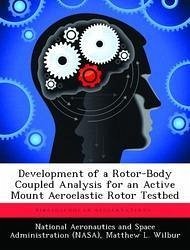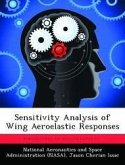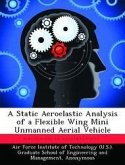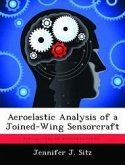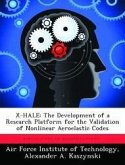At the Langley Research Center an active mount rotorcraft testbed is being developed for use in the Langley Transonic Dynamics Tunnel. This testbed, the second generation version of the Aeroelastic Rotor Experimental System (ARES-II), can impose rotor hub motions and measure the response so that rotor-body coupling phenomena may be investigated. An analytical method for coupling an aeroelastically scaled model rotor system to the ARES-II is developed in the current study. Models of the testbed and the rotor system are developed in independent analyses, and an impedance-matching approach is used to couple the rotor system to the testbed. The development of the analytical models and the coupling method is examined, and individual and coupled results are presented for the testbed and rotor system. Coupled results are presented with and without applied hub motion, and system loads and displacements are examined. The results show that a closed-loop control system is necessary to achieve desired hub motions, that proper modeling requires including the loads at the rotor hub and rotor control system, and that the strain-gauge balance placed in the rotating system of the ARES-II provided the best loads results.
Hinweis: Dieser Artikel kann nur an eine deutsche Lieferadresse ausgeliefert werden.
Hinweis: Dieser Artikel kann nur an eine deutsche Lieferadresse ausgeliefert werden.

